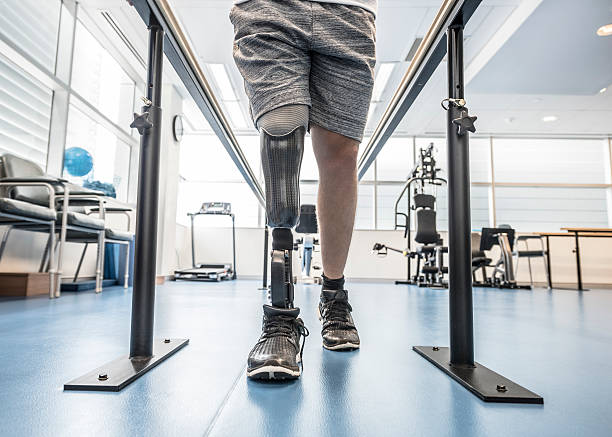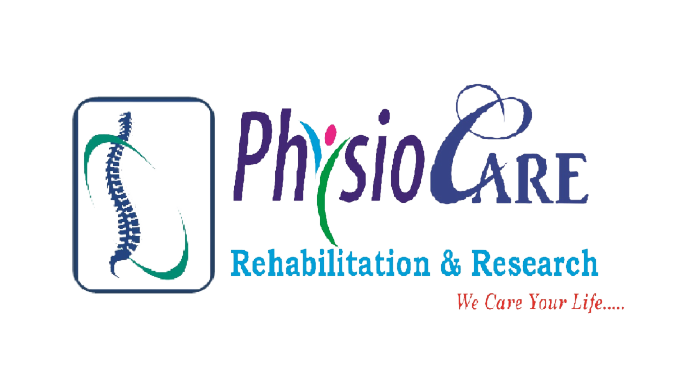
Artificial limbs, also known as prosthetics, are devices designed to replace or augment missing or impaired limbs. They are used to restore functional abilities, mobility, and independence for individuals who have undergone amputation or were born without a limb. Prosthetic limbs are custom-made to fit each individual’s specific needs and can be used for upper extremities (arms and hands) or lower extremities (legs and feet).
Here are some key points about artificial limbs:
Types of Prosthetics: Prosthetic limbs can be categorized into two main types: upper limb prosthetics and lower limb prosthetics. Upper limb prosthetics can range from basic functional devices that help with grasping and holding objects to advanced myoelectric prostheses that use electronic signals generated by the remaining muscles to control movement. Lower limb prosthetics can vary from simple below-knee or above-knee prostheses to more sophisticated computerized prosthetic limbs that mimic natural walking patterns.
Components of Prosthetic Limbs: Prosthetic limbs consist of various components depending on the type and level of amputation. They typically include a socket, which is the interface between the residual limb and the prosthesis, as well as mechanical joints, connectors, suspension systems, and supportive structures. Advanced prosthetic limbs may also incorporate sensors, motors, and microprocessors for enhanced functionality.
Socket Design and Fit: Achieving a proper socket fit is crucial for comfort and optimal function. Prosthetists work closely with individuals to create a socket that distributes forces appropriately, provides stability, and ensures a secure attachment to the residual limb. Advances in technology, such as 3D scanning and computer-aided design, have improved the customization and precision of socket fit.
Training and Rehabilitation: Using a prosthetic limb requires training and rehabilitation to adapt to the device and regain functional abilities. Physical and occupational therapists play a vital role in guiding individuals through the process, teaching them how to use the prosthesis effectively, improve strength and coordination, and reintegrate into daily activities.
Advancements in Prosthetics: Prosthetic technology has advanced significantly in recent years, leading to the development of more advanced and intuitive artificial limbs. These advancements include myoelectric control systems that use muscle signals to activate the prosthetic limb, microprocessor-controlled knees and ankles for more natural movement and stability, and advanced materials that are lightweight, durable, and comfortable.
Maintenance and Follow-up Care: Regular maintenance and follow-up with a prosthetist are essential to ensure the optimal functioning and longevity of the prosthetic limb. Adjustments and modifications may be needed over time to accommodate changes in the individual’s residual limb, activity level, or functional goals.
It’s important to note that the specific design and functionality of an artificial limb depend on individual factors such as the level of amputation, residual limb condition, and functional goals. Working closely with a prosthetist and rehabilitation team can help individuals find the most suitable and effective artificial limb solution to meet their unique needs and improve their quality of life.
